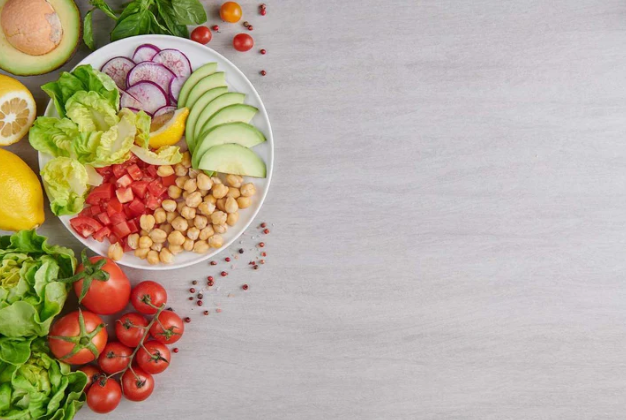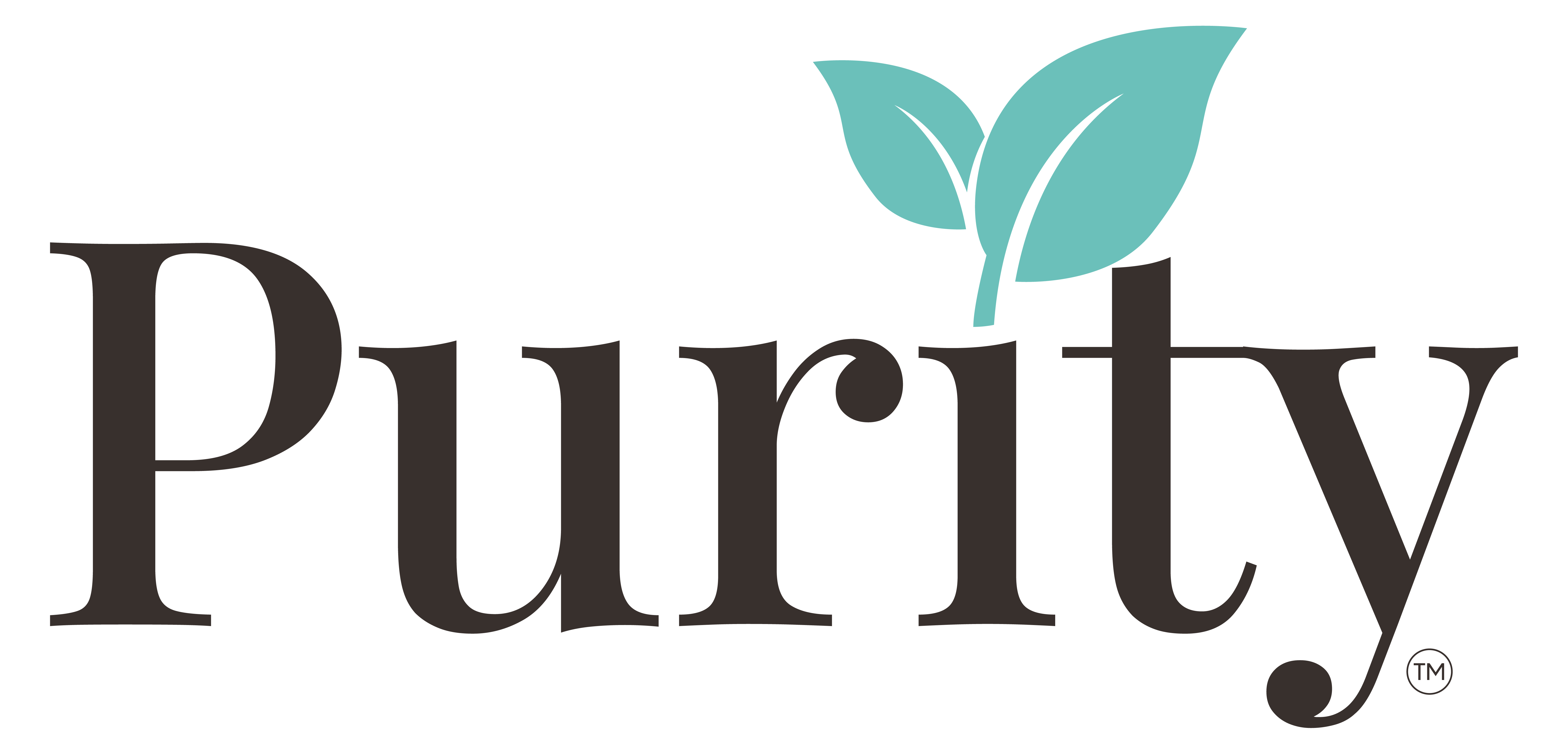
Growing children have many needs for their social, mental, emotional, and physical health.
As a parent, you are constantly looking for effective ways to meet this need. You want your child to grow and develop, eventually turning into a happy, healthy, and successful adult.
One of the most important things you can do for your child is to provide them with proper nutrition. The child's body is in a constant state of growth and transformation.
Throughout this period, their bodies need vitamins, minerals, and nutrients to thrive. Iron is one of the many minerals essential for this process.
If your pediatrician expresses concerns about your child's iron intake, you may have many questions.
First, you want to clarify how much iron your child needs and what types of supplements or dietary changes are appropriate.
This article will help you adequately meet the needs of your child.
Iron Requirements in Childhood
The need for iron begins at birth and continues throughout life. Iron requirements are just as important for newborns as they are for teens, although children in the two age groups will have very different daily requirements.
- Newborn to 6 Months - 0.27 mg daily
- Up to 12 Months - 11 mg daily
- Up to 3 Years - 7 mg daily
- Up to 8 Years - 10 mg daily
- Up to 13 Years - 8 mg daily
- 13 and Up - approx 11 mg daily for boys, 15 mg daily for girls
Iron requirements change with the developmental stages of a child's life, increasing and decreasing until they increase around puberty.
Special Considerations for Breastfed Babies
Breast milk is almost perfect nutrition for babies. There are many benefits to choosing to breastfeed, and that's why so many mothers make that choice.
One of the challenges breastfeeding mothers may face is that the iron in breast milk is very low. If your baby's pediatrician has concerns about a breastfed baby's iron intake, you may be faced with two choices.
Include essential vitamins in baby's diet according to their weight. Work with your baby's pediatrician to determine the best option for this situation.
Signs of Iron Deficiency in Children
Iron deficiency can manifest both physically and behaviorally. Children with iron deficiency may experience delays in psychological development.
They may not develop as expected with their social skills, they may exhibit behavioral problems or exhibit a short attention span.
Iron deficiency can also appear in children as clammy or pale skin, decreased appetite, fatigue or drowsiness, and slower-than-average growth. Anemia related to iron deficiency.
Children who have anemia may need more iron. In rare cases, iron deficiency can manifest as a condition called pica.
For example, if your child tries to eat sand, dirt, rocks, clay, or crayons. Pica alone is not enough to diagnose iron deficiency. This may be a symptom of other nutritional deficiencies, behavioral disorders, or neurological disorders.
Iron Needs Can Change During Puberty
Girls may need more iron during puberty because of their menstrual cycle. Girls with heavier periods may need more iron than other girls.
Although the average age for menstruation to start is around 12 years, it is not uncommon for girls to start menstruating as early as age eight or as late as age 15. When menstruation begins, iron requirements for girls can fluctuate to off-table levels. standard recommendations.
If you believe your daughter has irregular periods and may need more iron. As a result, talk to your child's pediatrician.
The American College of Obstetricians and Gynecologists recommends that girls have their first visit between the ages of 13 and 15. So it's probably best to consult your pediatrician and gynecologist.
Foods High in Iron
Ideally, children who are old enough to eat solid foods should get most of the vitamins and minerals they need through their diet. Unfortunately, allergies, food intolerances, picky eats, and a plant-based diet can make it difficult for children to reach the recommended daily values through food.
Iron is found in abundance in red meat, poultry, and fish. It is also found in legumes, and to a lesser extent, leafy greens. If your child can eat standard portions large portions of meat at every meal, getting enough iron through diet alone may be an achievable goal.
Plums can be a valuable source of iron, but they often act as a natural laxative.
The laxative effect is mild and gentle, but frequent consumption can increase the effect. This means that prunes are often unsustainable as a long-term source of iron and may not be suitable for all children. On the other hand, fortified cereals, including baby cereals, almost always contain iron.
Be sure to avoid fortified cereals that are high in sugar.
Exchange of high amounts of added sugar for small amounts of iron may not be beneficial. Current guidelines state that children should not exceed 25 grams of added sugar per day.
Prevent Iron Deficiency
Iron deficiency can often be prevented. Because vitamin C increases the body's ability to use iron, adding more vitamin C to your child's diet can help them utilize the iron they get through their diet.
Sometimes, a vitamin C supplement may be enough to help your child achieve healthy iron levels. However, dairy products can also inhibit the natural absorption of iron.
Children between the ages of one and five years should not consume more than 24 ounces of milk a day. Milk can be healthy and beneficial for a growing child, but portions should be approached with caution when parents are concerned about iron.
When to Supplement Iron in Your Child's Diet?
Children should be screened for iron deficiency around their first birthday. At this time, your pediatrician should be aware if your child has a deficiency.
Deficiency can develop at any time, and if parents or medical care providers have concerns, testing is needed to determine iron deficiency.
Before giving your child any supplement, you need to consult your doctor. High iron levels can be toxic and cause side effects such as:
- Painful constipation
- Heart damage
- Irregularity with heart rhythm
Iron supplementation is not as simple an option as giving your child a multivitamin. To help make sure your child is getting enough iron, parents can:
- Limit the amount of milk to 16-24 ounces per day
- Serve iron-fortified cereal
- Serve iron-rich foods that contain vitamin C, such as broccoli, tomatoes, oranges, and strawberries
Your child's pediatrician will explain what type of iron supplement is right for your child, as well as the amount of iron he should contain and how often to take it.
Follow your pediatrician's recommendations and watch for potential side effects.
Nausea, vomiting, and diarrhea are common side effects of high iron intake. However, rare side effects, such as muscle weakness and a blue tinge to the skin - especially under the nails - are symptoms of an iron overdose, a condition that requires immediate intervention.










